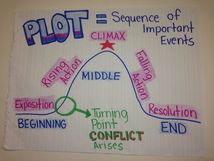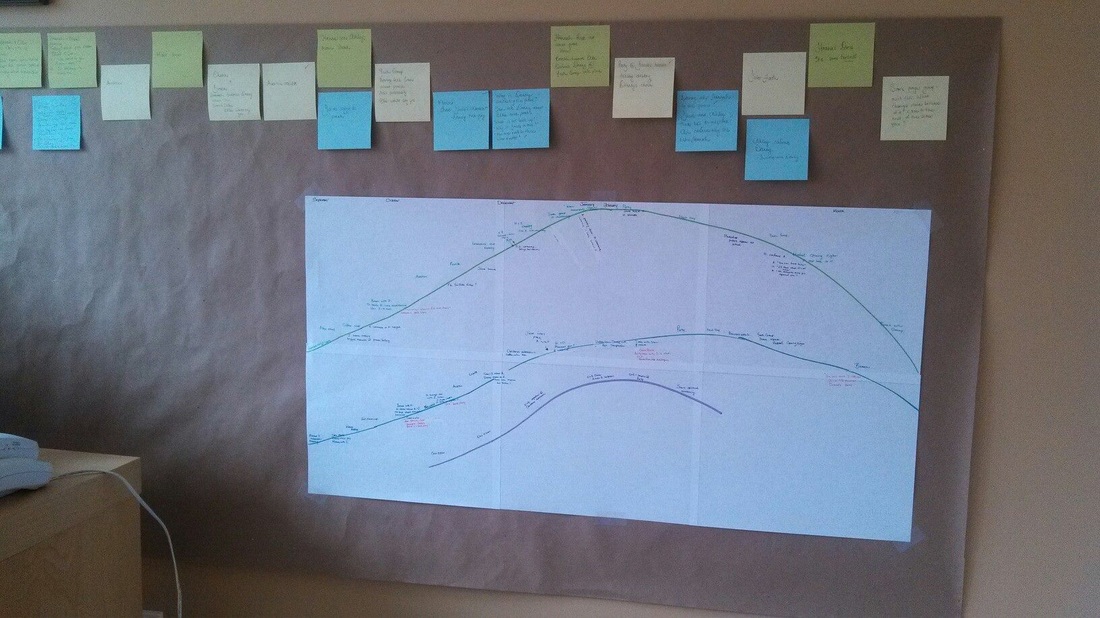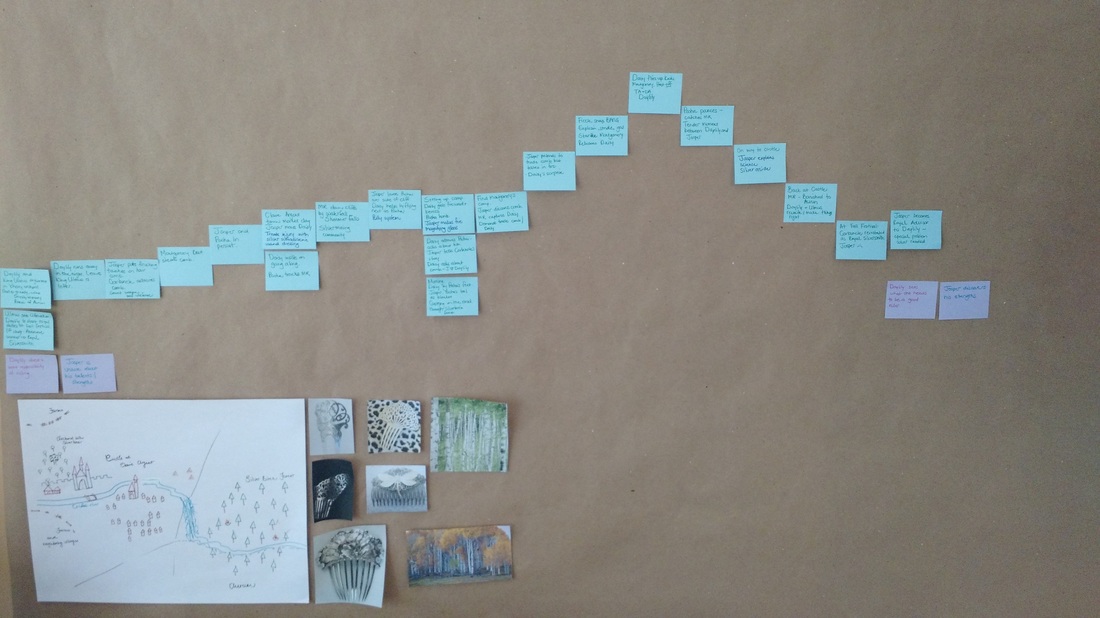 ~by Amanda Smith The first time I saw plot planning templates I was simultaneously impressed and petrified. These templates assumed that the writer already knew a whole lot. All I had when I started my novel were a handful of characters, an idea for conflict, and only a fleeting emotion I felt after waking up from an angsty dream. We discover the story, the characters, the PLOT as we go. While some writers are brilliantly organised, writing a novel from beginning to end, there are just as many who write non-sequentially. Does that mean these fabulous plotting techniques are not for us scatterbrains? Not at all. These templates and techniques can be used throughout the first couple of drafts. So how do you plot when you write at the whim of the character voices in your head? The following strategies helped me string numerous non-chronological scenes, like beads on a necklace, into a viable story line.
Join us next week when we'll look at using other plotting tools and techniques during the revision stage of your project. In the mean time, arm yourself with a pack a sticky notes and a blank wall and you'll find that plot planning templates are less petrifying and more productive.
0 Comments
Leave a Reply. |
Peruse blogs for advice and tips from KidLit creatives.
Categories
All
Archives
April 2024
Click to set custom HTML
Click on the RSS Feed button above to receive notifications of new posts on this blog.
|



 RSS Feed
RSS Feed